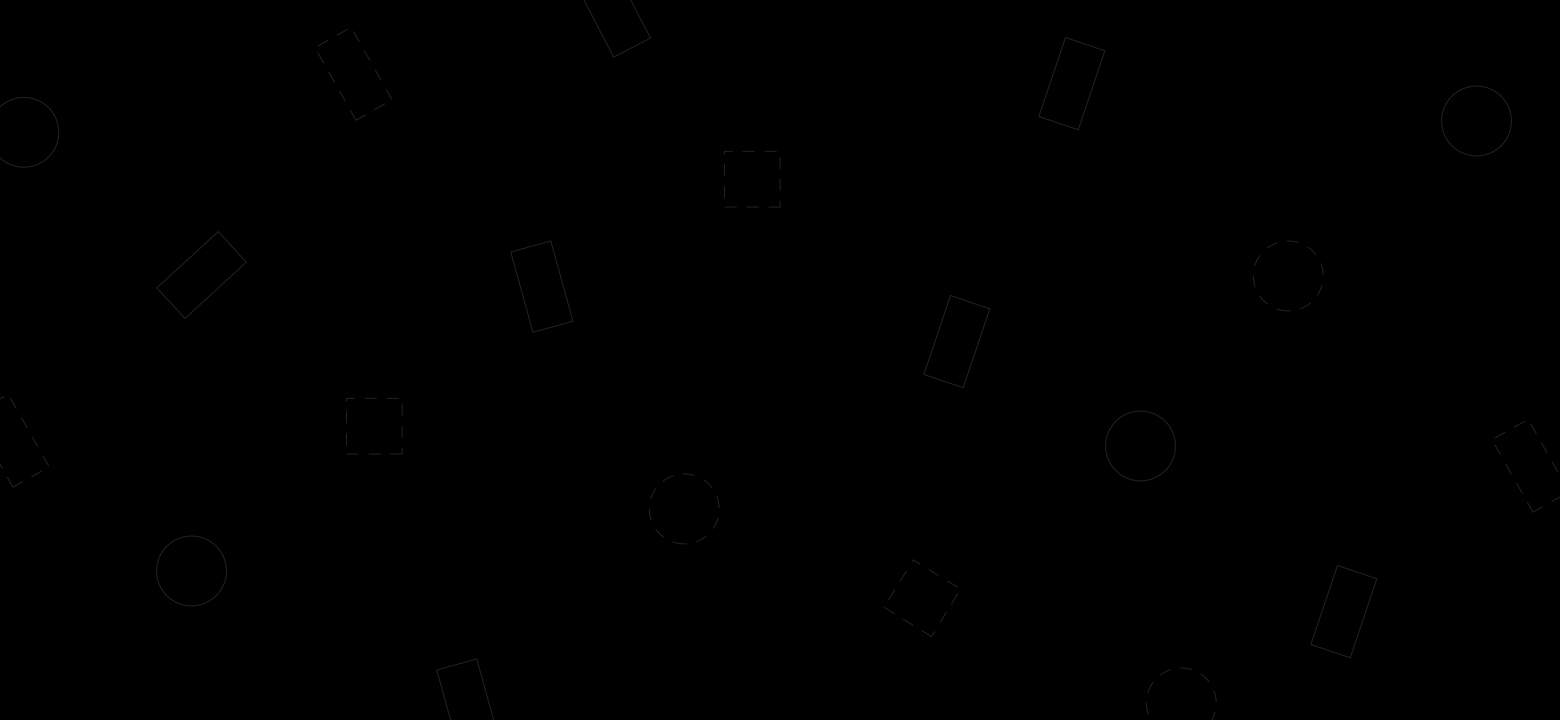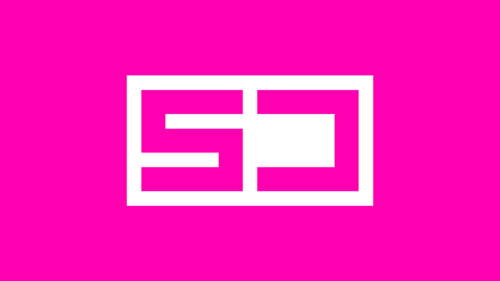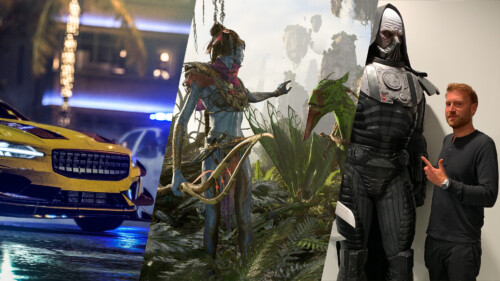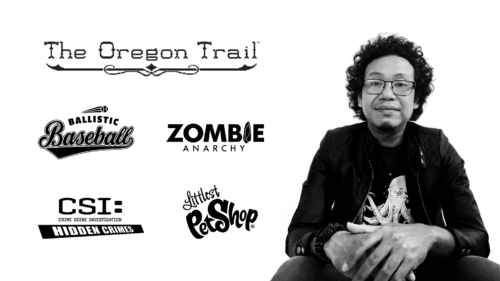Interview with David Sheldon-Hicks
Founder at Territory Studio

I co-founded Territory Studio just over 11 years ago with my business partner Nick Glover. I trained as a graphic designer but quickly moved into motion design. Territory has a wonderful eclectic mix of projects and clients, but we’re often known for mixing our love of motion design with user interface work for feature films, games and forward looking brands.

Can you tell us how Territory Studios all started?
Well as the story goes it all started with two friends walking to a sandwich shop and thinking about what they wanted to do with their lives. I’d been freelancing for a little while and it felt right to set up a studio that we’d enjoy working for, and doing the type of work we’d be excited by. I think it’s fair to say we never thought it would grow into what it has now. To be working with the level of talent we have and on the projects we work on is really quite surreal. To also see multiple offices develop globally and to be working on such a diverse range of projects; real world UI for automotive clients and fantastical interfaces for Marvel films. Its always interesting.
What type of services does Territory Studios offer?
This is getting broader by the year. At our core we have a motion design background. Taking design and applying movement and narrative to various challenges that come our way. We have a vfx team, and creative tech team, a design team, a digital team, a UX team and motion team. We’re interested in unique creative challenges that often involve the overlap of design and creativity with technology and innovation.

How big are each studio, and what are they composed of?
The core of the London office ranges from 60-70 staff and an additional 30-40 freelancers as a base but we often grow bigger than this. Our SF office is a younger office but growing at a rate, that is often hard to keep up with. Including freelancers they range from 20-30 people. We also have people distributed globally in a post pandemic world, so actually pinning head count to a particular location is becoming more amorphous.
It seems that FUI is a visual key component of the studio. How do you differentiate the need to make something beautiful as opposed to something functional?
Its all driven by the requirements of the project. A games project will always be driven by function and whilst ui for a game needs to reflect the wider aesthetics of the game the core brief is that the ux and function work hard. As opposed to a film where the screen graphics are either working to tell part of a story or to add to the wider world building. Those two are very different mediums in their requirements of design.

As we are blurring the line of the cinema versus video game engines. What are Territory’s biggest limitations in using a game engine as opposed to post effect?
So Territory has been working with Game Engines since day one of setting up. We have a team building virtual production work for films, UI and builds for games and live experiences for brands. We have developers working in Unreal, Unity, react and Python. It’s been essential to our offering that we not only design work, but design work that we are coding and delivering.
That way we know we are designing beautiful experiences that can actually be delivered. Rick who heads up our creative tech team has a fantastic enthusiasm and interest in the broad range of work we do at Territory and we’re often building bespoke teams to take on new challenges. We also have Sean building our in-house toolset which has become such an integral part of Territory’s pipeline and workflow.

Can you give us a breakdown of how the processor pipeline from a game studio request gets formulated then passes through your team over at Territory Studio and who does what? and what is the typical timeline from start to finish?
There s a number of different briefs we receive from a development studio, but as a general rule of thumb:
- Mood board high level creative approach.
- UX wireframes and user flow
- High level concepts, tackling key design lockups
- Iteration on high level concepts and starting to build out various design application across menu screens and HUD
- Animation prototypes
- In game development and artwork prep for in-game implementation
I’m not sure we have a typical time frame to be honest. In some cases we’re engaged for 2 week sprints, in other cases our teams are on a project for a year or more. It’s so dependent on the requirements and we’re very happy to engage in big or small requests

What are some key components you are looking for in an FUI artist portfolio?
Passion for their work is critical. We love what we do and we want people we work with to be passionate too.
High level of craft that works at a professional speed. We’ve found that film project speeds are the most demanding and so we apply the learnings from this workflow to other industries. Game clients demand an incredible level of production value and well considered design and development work. It’s great to be challenged and to push ourselves to these high standards.
Originality, finding unique solutions to a brief. Our pathway to finding original solutions to briefs is a clear and well established mindset that we help our new candidates understand to unlock the potential for them and the project. We’re not interested in people who want to repeat themselves and style. It’s very important that we bring a fresh voice/approach to each and every new challenge.
Do you have some advice for someone who would like to enter this type of field?
Make sure you love it. It’s a wonderfully rewarding area to work in, with the opportunity to work with some amazing people but the industry is demanding because of the high level of expectation. We’re happy to train people and help them reach their potential, but you have to be passionate to give it the energy it requires.

How is the FUI DNA of a project get’s formulated?
In a film, by reading the script and looking at the world building language found in concept designs. Looking for the true meaning the director is wanting to convey and finding original means to express this.
In a game, its a similar answer but your tools into the solution are different. AD’s on games have a great vernacular and process for sharing a high level intention. I only wish that audio teams were involved more in this too as I get so much inspiration from listening to a playlist that evokes the intention of a game or a film.
What are the biggest differences between working as an artist in the film industry and the gaming industry?
The iteration in games is far quicker and therefore I would say the creative process is far different between the two. Also the audience vantage is completely controlled in a film, whereas in a game it is not. As a creative in a game you have to work far harder for the experience to feel curated and special at all times.

What are the key components you look for in a project to accept it?
Creative opportunity. Can Territory lend a unique voice to this work.
What is your favourite part of the job ?
Starting it, and uncovering the potential.

What makes good FUI ?
Something that genuinely moves the story forward and enhances the audiences understanding of that cinematic universe.
Interview by Stephan Dube
















